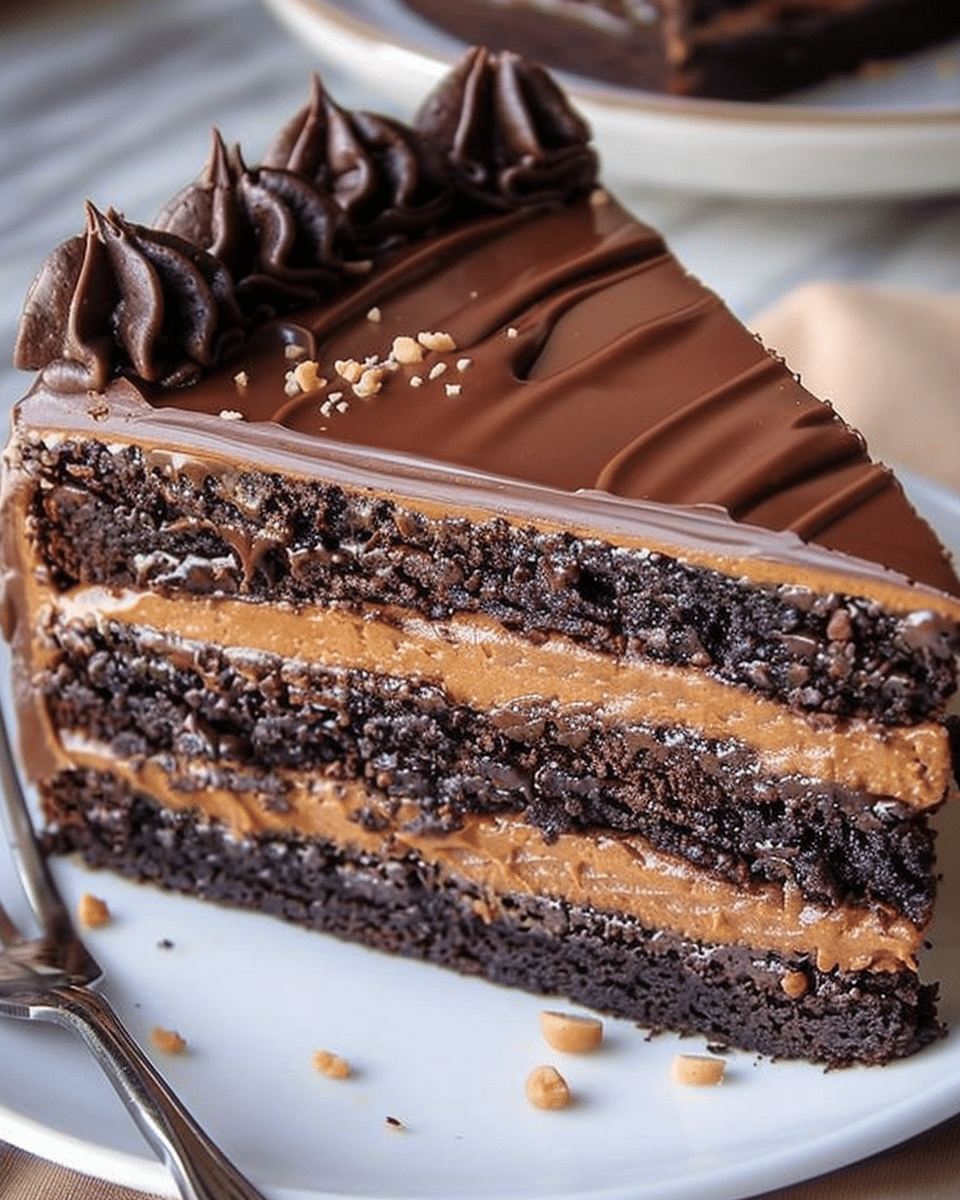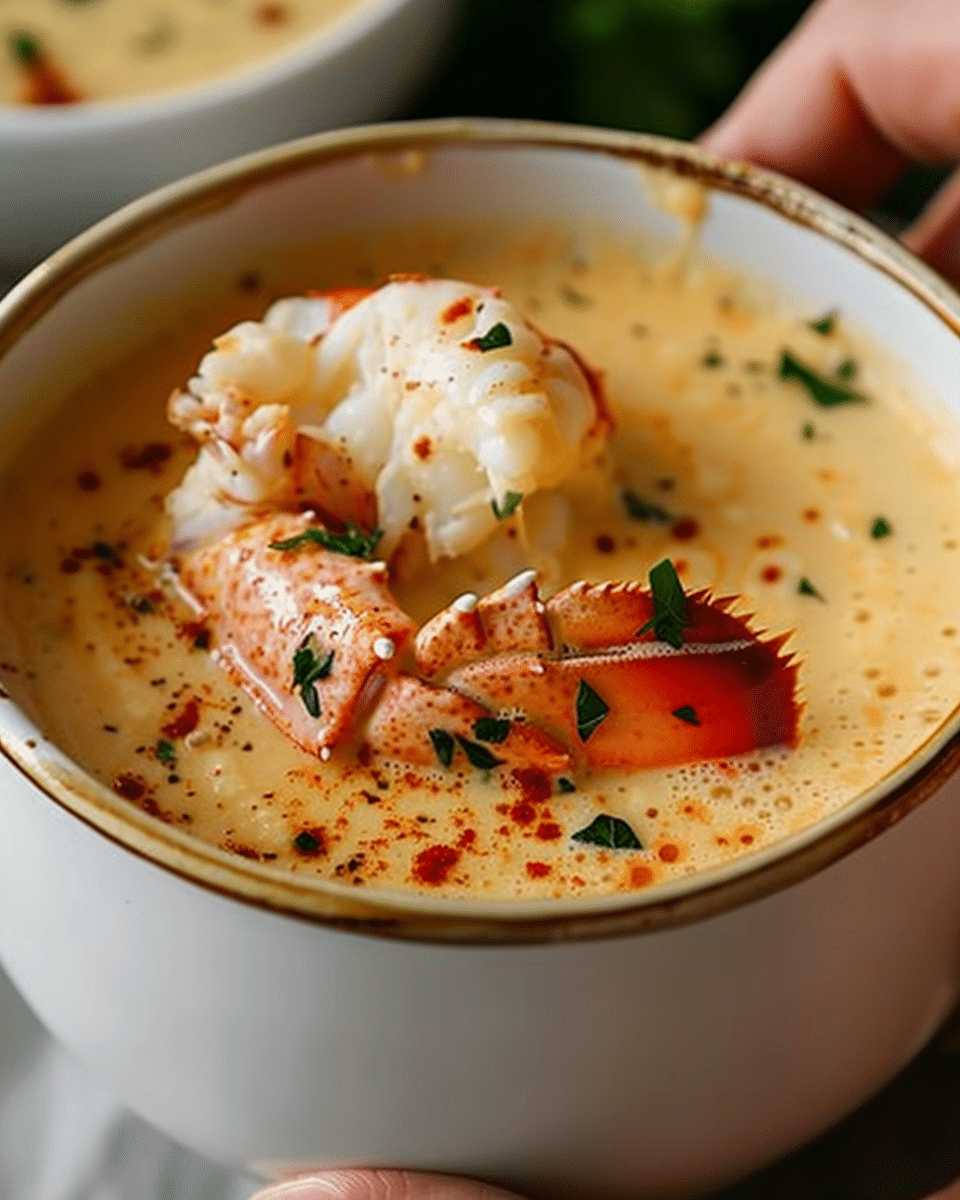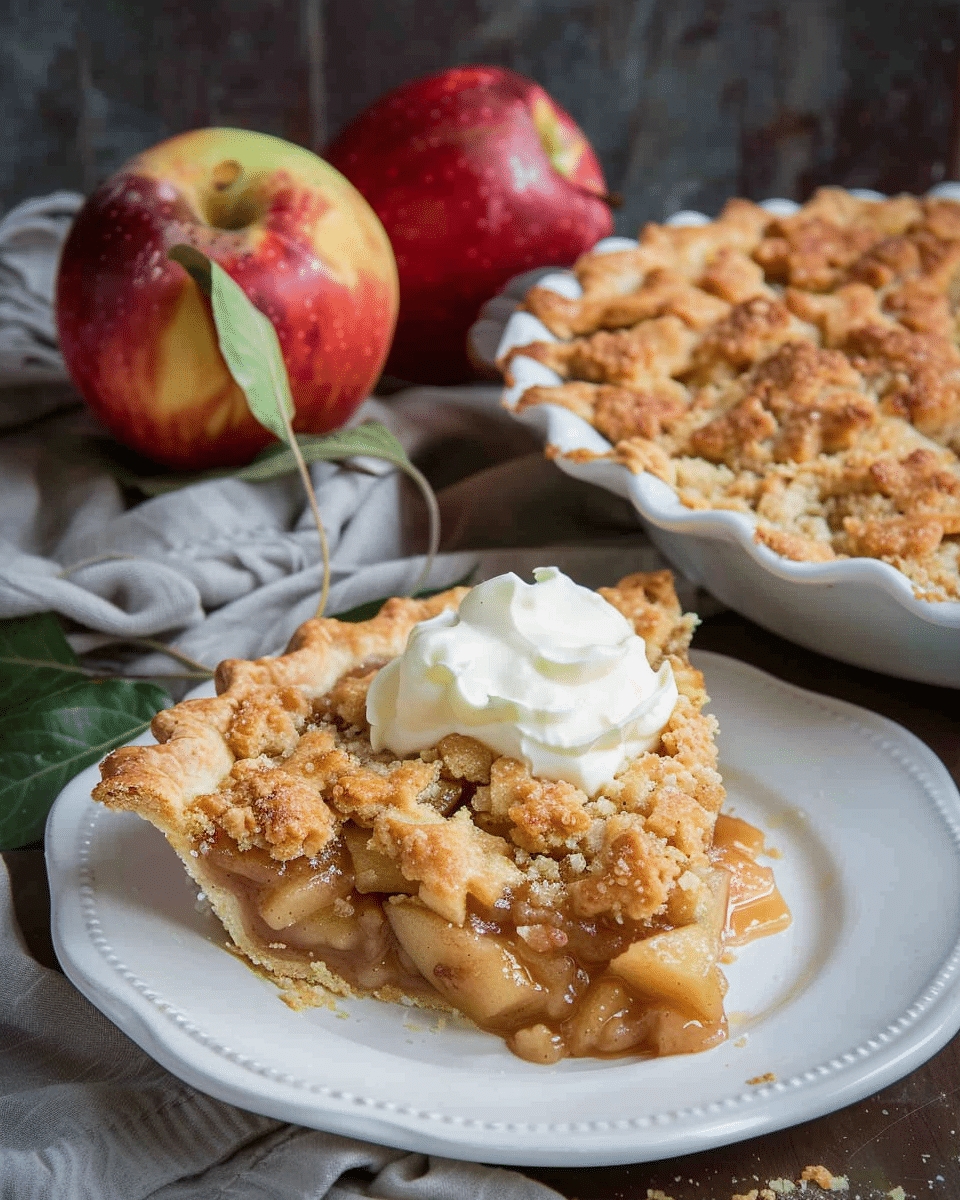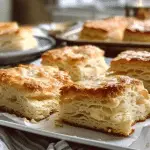Are you tired of making pancakes that come out flat and flavorless? Do you want to impress your family and friends with mouth-watering, fluffy pancakes that are sure to delight? Look no further! In this article, we will reveal the secrets to making amazing pancakes that will have everyone asking for seconds.
The secret to making perfect pancakes lies in three key areas: ingredients, technique, and temperature. By using the right ingredients, mixing them correctly, and cooking them at the right temperature, you can create pancakes that are light, fluffy, and bursting with flavor. Whether you prefer classic buttermilk pancakes or something more adventurous, like chocolate chip or banana pancakes, these tips will help you achieve pancake perfection.
So, what are you waiting for? Read on to discover the secrets to making amazing pancakes that will have everyone begging for your recipe. Whether you’re a seasoned pancake pro or a beginner looking to up your pancake game, these tips will help you take your pancakes to the next level. Get ready to impress with your pancake-making skills!
Key Takeaways
- The right ingredients, mixing technique, and cooking temperature are key to making amazing pancakes.
- Experiment with different flavors and toppings to make your pancakes unique.
- Avoid common mistakes like overmixing and flipping too soon to ensure perfect pancakes every time.
The Importance of Ingredients
When it comes to making amazing pancakes, the ingredients you use are just as important as the recipe itself. Here are some key ingredients and their roles in making the perfect pancake.
Choosing Quality Flour
Flour is the foundation of any pancake recipe, and it’s important to choose the right type of flour for your recipe. All-purpose flour is the most common type of flour used in pancake recipes, but you can also use whole wheat flour or a combination of both. When choosing flour, look for a high-quality brand that is unbleached and unbromated for the best results.
Understanding the Role of Eggs
Eggs play a crucial role in making pancakes, providing structure and helping the batter rise. When adding eggs to your batter, be sure to beat them well before adding them to the other ingredients. This will help ensure that they are evenly distributed throughout the batter.
The Secret of Buttermilk
Buttermilk is a key ingredient in many pancake recipes, adding a tangy flavor and helping to create a light, fluffy texture. If you don’t have buttermilk on hand, you can make a substitute by adding a tablespoon of vinegar or lemon juice to a cup of milk and letting it sit for a few minutes.
Sugar and Salt Balance
Sugar and salt are both important ingredients in pancake batter, but it’s important to get the balance right. Too much sugar can cause the pancakes to brown too quickly, while too much salt can make them taste too salty. A good rule of thumb is to use about a tablespoon of sugar and a pinch of salt for every cup of flour.
The Magic of Baking Powder
Baking powder is what gives pancakes their light, fluffy texture by creating air bubbles in the batter. Be sure to use fresh baking powder for the best results, as old baking powder can lose its potency and cause your pancakes to fall flat.
By paying attention to the quality of your ingredients and understanding their roles in the recipe, you can create the perfect pancake every time.
Techniques for Mixing
When it comes to making amazing pancakes, the mixing technique is just as important as the ingredients themselves. Here are some tips to help you achieve the perfect batter:
The Right Way to Combine Ingredients
Mixing the batter properly is key to achieving the perfect texture and flavor. Here are some tips to help you do it right:
- Mix the dry ingredients first: Start by combining all the dry ingredients (flour, sugar, baking powder/soda, salt) in a large mixing bowl. This will ensure that the ingredients are evenly distributed throughout the batter.
- Whisk the wet ingredients separately: In a smaller mixing bowl, whisk together the wet ingredients (egg, buttermilk, cooking oil) until they are well combined.
- Add the wet ingredients to the dry: Pour the wet ingredients into the bowl with the dry ingredients. Mix everything together until it just comes together into a batter. It’s okay if there are still lots of small lumps. Overmixing will cause the pancakes to turn out tough.
Avoiding Overmixing
Overmixing the batter is a common mistake that can result in tough and rubbery pancakes. Here are some tips to help you avoid overmixing:
- Mix until just combined: Mix the batter until it just comes together into a batter. It’s okay if there are still some small lumps. Overmixing will cause the gluten in the flour to develop, resulting in tough pancakes.
- Fold in the egg whites: If the recipe calls for eggs, separate the yolks and whites. Mix the yolks in with the wet ingredients and fold in the egg whites separately at the very end. This will help keep the batter light and fluffy.
- Don’t overwork the batter: Once the wet and dry ingredients are combined, stop mixing. Overworking the batter will cause the gluten in the flour to develop, resulting in tough pancakes.
By following these techniques for mixing, you’ll be well on your way to making amazing pancakes every time.
Cooking Process
Making amazing pancakes requires more than just a good pancake recipe. The cooking process is equally important. Here are some tips to help you perfect your pancake cooking process:
Perfecting the Heat
To make perfect pancakes, you need to get the heat just right. If the heat is too high, your pancakes will burn, and if it’s too low, they will be undercooked. Use a heavy cast iron or nonstick skillet over medium heat. If you have an electric skillet or griddle, set the temperature to 375°F when preheating, then turn it down to 370°F or 360°F once you start to cook the pancakes.
To check if the temperature is just right, test the skillet with a few drops of water. If the water sizzles and evaporates immediately, the skillet is ready. If the water just sits there, the skillet is not hot enough, and if the water evaporates instantly, the skillet is too hot.
Timing is Key
Timing is everything when it comes to making perfect pancakes. Look for bubbles on top and light browning around the edges, after about 2 to 3 minutes. Once you see these signs, it’s time to flip the pancake. Use a spatula to gently flip the pancake and cook for another 1 to 2 minutes until the other side is golden brown.
Avoid flipping the pancake more than once, as this can make it tough and chewy. Also, avoid pressing down on the pancake with the spatula, as this can squeeze out the moisture and make it dry.
If you want full recipe details feel free to read our Amangiri Pancake Recipe: Step-by-Step Preparation guide.
Serving Suggestions
You’ve mastered the art of making perfect pancakes, but what about the toppings? Here are some classic and innovative ideas to take your pancakes to the next level.
Classic Toppings
- Butter and Syrup: The classic combination of melted butter and warm syrup is always a crowd-pleaser. Use real maple syrup for an extra special touch.
- Fruit: Fresh fruit is a healthy and delicious topping for pancakes. Try sliced bananas, strawberries, blueberries, or raspberries.
- Whipped Cream: Add a dollop of whipped cream for a decadent treat. You can make your own whipped cream by whipping heavy cream with a little sugar and vanilla extract.
- Chocolate Chips: For a sweet and indulgent treat, sprinkle chocolate chips over your pancakes while they’re cooking. The heat will melt the chocolate and create a gooey, delicious topping.
Innovative Combinations
- Peanut Butter and Jelly: Spread a layer of peanut butter and jelly over your pancakes for a fun twist on a classic sandwich.
- Bacon and Eggs: For a savory breakfast, top your pancakes with crispy bacon and a fried egg.
- Nutella and Bananas: Spread a layer of Nutella over your pancakes and top with sliced bananas for a sweet and satisfying treat.
- Lemon and Sugar: Squeeze fresh lemon juice over your pancakes and sprinkle with sugar for a tangy and sweet topping.
Experiment with different toppings and combinations to find your favorite. With these ideas, you’re sure to impress your family and friends with your pancake-making skills.
Common Mistakes and How to Avoid Them
Making pancakes seems like a simple task, but there are a few common mistakes that can ruin them. Here are some of the most common mistakes and how to avoid them:
Overmixing the Batter
Overmixing the batter is one of the most common mistakes when making pancakes. When you overmix the batter, the gluten in the flour expands, making the pancakes gummy and tough. To avoid this, mix the batter until the ingredients are just combined. It’s okay if there are a few lumps in the batter.
Using the Wrong Temperature
Using the wrong temperature can also ruin your pancakes. If the temperature is too high, the pancakes will burn on the outside and be raw on the inside. If the temperature is too low, the pancakes will take too long to cook and be dry and tough. To get the perfect temperature, heat your pan or griddle on medium heat and wait until it’s hot before adding the batter.
Not Measuring Ingredients Accurately
Measuring ingredients accurately is crucial when making pancakes. If you use too much or too little of an ingredient, it can affect the texture and taste of the pancakes. Use measuring cups and spoons to ensure you have the right amount of each ingredient.
Flipping the Pancakes Too Early or Too Late
Flipping the pancakes too early or too late can also affect the texture of the pancakes. Wait until the bubbles on the surface of the pancake burst and the edges look set before flipping. It should take about 2-3 minutes on each side.
Not Using the Right Recipe
Using the right recipe is important when making pancakes. Look for a recipe with accurate measurements and the correct ratios of flour to other ingredients. Once you find a great recipe, stick to it.
By avoiding these common mistakes, you can make amazing pancakes every time.
FAQs
How to make a delicious pancake? Mix flour, baking powder, salt, sugar, milk, eggs, and melted butter. Pour batter onto a hot skillet. Flip when bubbles form. Serve with syrup.
What is the scientific secret of the fluffy pancake? Baking powder releases carbon dioxide gas, creating bubbles that make pancakes rise and become fluffy.
What is the most important ingredient in pancakes? Flour is the foundational ingredient, providing structure. However, baking powder is crucial for fluffiness.
What is the key to making fluffy pancakes? Proper measurement of baking powder and not overmixing the batter ensures fluffiness.
What not to do when making pancakes? Avoid overmixing the batter; it can lead to dense pancakes. Also, don’t cook on too high heat.
What is a good pancake texture? A good pancake is soft and fluffy inside with a slightly crispy exterior.
Conclusion
In the quest for the perfect pancake, it’s clear that every detail matters. From the careful selection of ingredients to mastering the art of mixing and cooking, each step plays a pivotal role in achieving that golden, fluffy perfection. As you embark on your pancake-making journey, remember to experiment with toppings, embrace the nuances of each ingredient, and avoid common pitfalls. With the right balance and a sprinkle of love, every morning can be a celebration of pancake perfection. Happy pancake-making to all!








